
While most of us spent the holiday weekend with family and friends, my brother Paul caught up on his regimen of consuming mass quantities of news and current events. And while there were many captivating stories during what used to be known as “a slow week,” the George Santos mess continued to trend on cable news channels, the Internet, and on social media.
Yes, every politician lies, but the Santos story is an extreme series of well-planned fabrications, designed to pull the wool over his entire district – and perhaps all of us. No matter whose politics you prefer, this entire affair could only be described as “scandal-ish.”
What does George Santos teach us about the news – how it’s gathered and the attention we pay to it?
I’ll let Paul parse that out for you. This political imbroglio is a teaching moment for public radio, in particular, but only if it takes the time to learn the lesson. – FJ
Over the holiday weekend, when we weren’t transfixed by family, football games, or fun, it was impossible to miss the travails of George Santos (pictured below), the newly-elected U.S. Representative from Long Island. It turns out Santos fabricated just about every key accomplishment on his resume – his college degree, his work history, and even his ethnicity. While the final chapters to this tawdry story are still to be written, it appears the voters in his district were scammed by a campaign that worked overtime to invent virtually every aspect of his professional life, family, and career.
Many in the news community have since been wringing their hands, asking each other this important question:
“How could this have happened?”
The answer is just as simple: No one was paying attention.
And that might be the most important lesson from this sordid episode – the fact that our news media (and yes, his Democratic opposition and others) – completely missed this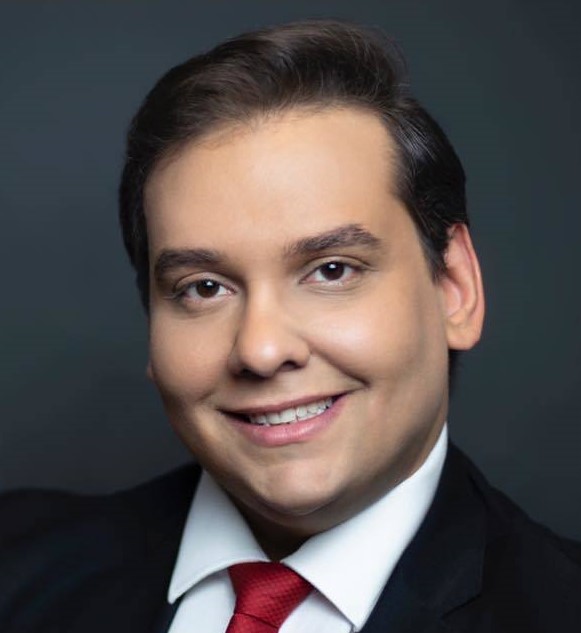 local story. Yes, while the national news media are all over this now and many believe the New York Times broke the story in mid-December, the Santos saga was actually uncovered by a local newspaper with an estimated circulation of 20,000 covering Santos’ district: The North Shore Leader.
local story. Yes, while the national news media are all over this now and many believe the New York Times broke the story in mid-December, the Santos saga was actually uncovered by a local newspaper with an estimated circulation of 20,000 covering Santos’ district: The North Shore Leader.
That’s right, while the Times’ investigative reporting was getting all the credit for its Santos articles more than a month after the election, “the little newspaper that did” – the Leader – actually broke the story back in October – before the election.
Talking Points Memo (yes, a political website for wonks) later uncovered even more salacious details of Santos’ maneuvers. In the process of their investigative journalism, they recognized that big media missed the boat on this story, and credited the Leader for the spade work they did over the summer, scooping both the New York Times and Washington Post.
So, why didn’t this exposure of Santos derail his election hopes? Because fewer people than ever are reading local newspapers, while big media outlets like the Times don’t have the time or inclination to do the work of digging into a politician’s background. So the Leader’s story was akin to a tree falling in a forest.
It is also safe to assume consumers are more likely to sit up and take note when the Times, the Washington Post, or the Wall Street Journal break a story than a small, weekly like the North Leader.
 The future of local newspapers is grim. To say they’re in a death spiral is an understatement.
The future of local newspapers is grim. To say they’re in a death spiral is an understatement.
According to Axios (more on them later), “More than 360 newspapers shuttered between late 2019 and May 2022, according to the report. The vast majority of those papers were printed weekly. At this rate, the country is on track to lose more than one-third of its total newspapers by 2025. It’s already lost more than a quarter (2,500) since 2005.” The local news crisis is deepening America’s divides (axios.com) And virtually all of the remaining newspapers have seen a reduction in staff as their advertising and circulation shrink.
That’s why Axios has rapidly moved into the space. As Fred wrote extensively last year, they are busily setting up local news bureaus in a growing number of metro U.S. markets. Their easy-to-read newsletters – now owned by the Cox family – are the building blocks in their quest to “own” local news. And given their new ownership, how far away might Axios be from creating audio services – a streaming news channel, news stories, sound bites, and of course, podcasts?
So who is minding the radio store, paying attention to important news and information close to home that impacts people in every community in the country?
Local matters – perhaps now more than ever.
We learned that during COVID. While it was a global pandemic in scope, the virus impacted local towns, markets, and metros here in the U.S., and around the world. Our focus became local. Which stores are closed? Do I need to wear a mask if I visit this building? Which drug stores are testing? Where can I get the vaccine?
And on the political front, we’ve learned local election officials matter. Who sits on our school boards matters. Local office-holders we once ignored when we voted have become well-known names for myriad reasons in our communities, cities, and towns.
And that brings us to public radio.
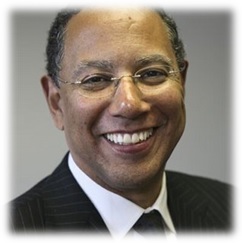
The last conference I attended prior to the pandemic was a public radio gathering in New Orleans. The keynote speaker was the Times’ then-Managing Editor, Dean Baquet (pictured). He delivered a great speech about the future of journalism, and during Q&A was asked a simple but important question: “From your perspective, what does public radio look like a decade from now?
His response was as rapid as it was clear: “In 10 years in most markets, the public radio station will be the primary source of local information in their community.”
As you might imagine, the ballroom audibly reacted to that pithy quote. On the one hand, it was a very hopeful sign for public radio. But on the other, it was very much a challenge to local stations to level up their local news reporting capabilities.
So this brings us back to why George Santos’ story is so important to the future of public radio.
Public radio stations generally do an outstanding job of providing news and information. But a truly critical assessment is the overwhelming majority of their programs that originate from national providers – NPR, BBC, APM, PRX, and independent producers. Many of these programs are outstanding and are a key reason why over 24 million people listen to an NPR station every week.
Overall, NPR does a great job of helping public radio news stations own the image for strong national reporting, while the BBC delivers the international goods. But when it comes to local and/or regional news, how do most public radio stations actually stack up?
The truth is that most local public radio stations don’t produce a whole lot of local news as a percentage of their overall programming. Sure, they produce short, interstitial segments embedded inside “Morning Edition” and “All Things Considered.” And most cover local goings-on during top-of-the-hour newscasts.
Still others produce solid programs covering state or local issues – WFAE’s (Charlotte) “Michael Collins Show,” KPCC’s (Los Angeles) “Air Talk” with Larry Mantle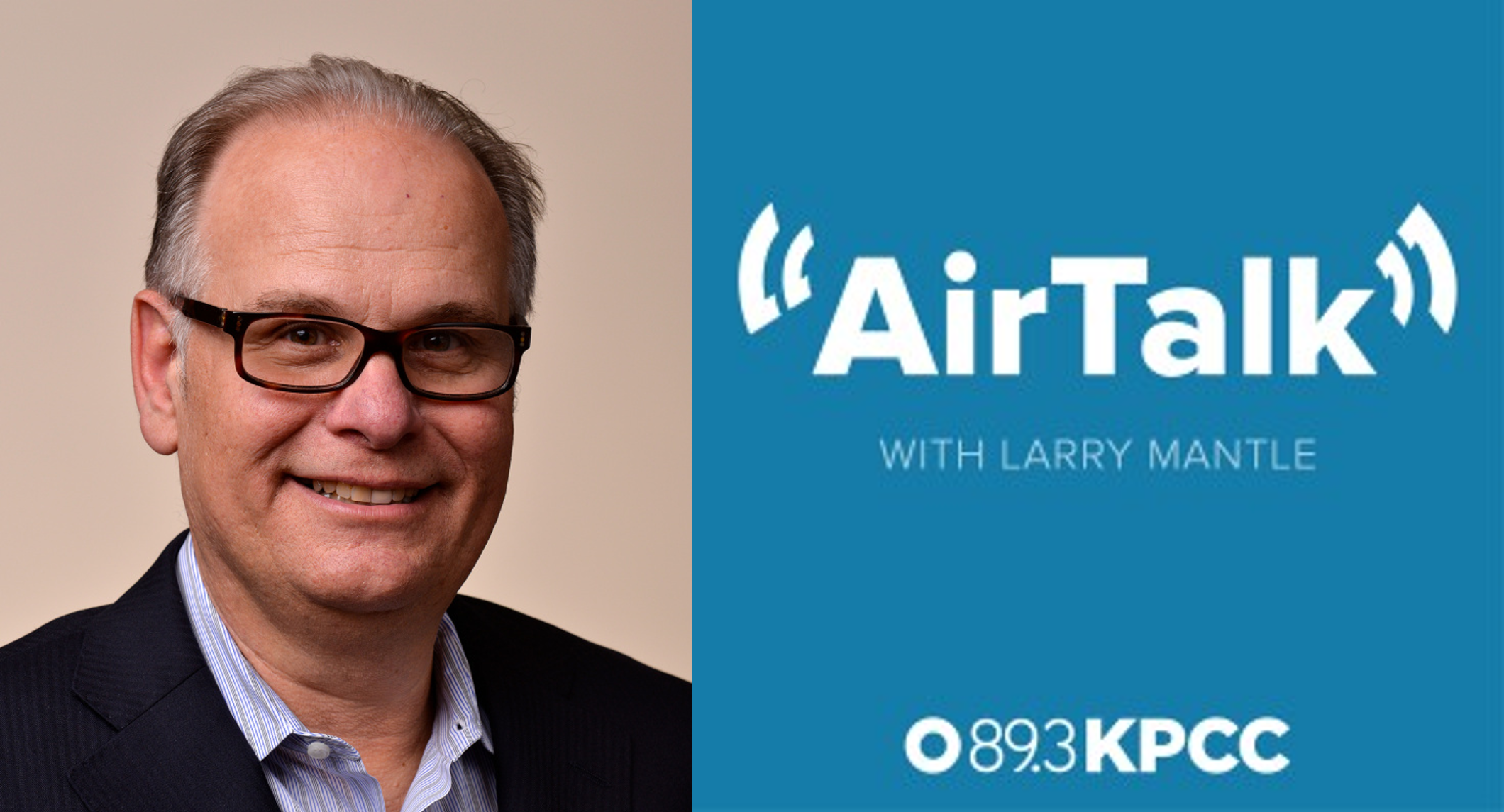 (pictured), WBFO’s “Buffalo What’s Next?” or Michigan Radio’s “Stateside” with April Baer. But even the best of these programs only comprise an hour (or two) out of the 24-hour broadcast day.
(pictured), WBFO’s “Buffalo What’s Next?” or Michigan Radio’s “Stateside” with April Baer. But even the best of these programs only comprise an hour (or two) out of the 24-hour broadcast day.
Even in some of the largest U.S. markets, local news is not a top priority for many public radio stations. And in medium and smaller bergs, most stations lack the resources or vision to produce meaningful local content, instead relying upon network providers for the overwhelming majority of their programming, which is a real problem because it’s these communities where the local newspapers are disappearing.
Concurrently, the brands of local public radio stations are in danger of being overwhelmed by NPR. Because of their quality programs and time in grade, the NPR brand is always front and center in the listeners’ minds. Many local stations have struggled to develop and maintain their own identities.
Traditionally, a key source of revenue for public radio is listener donations (yes, those damn pledge drives). But cash flow from the audience has slowed down, and finding new sources of revenue is becoming urgent. So, NPR is stepping into the fray, creating the NPR Network, where for the first time, listeners can donate directly to NPR (who shares proceeds with stations).
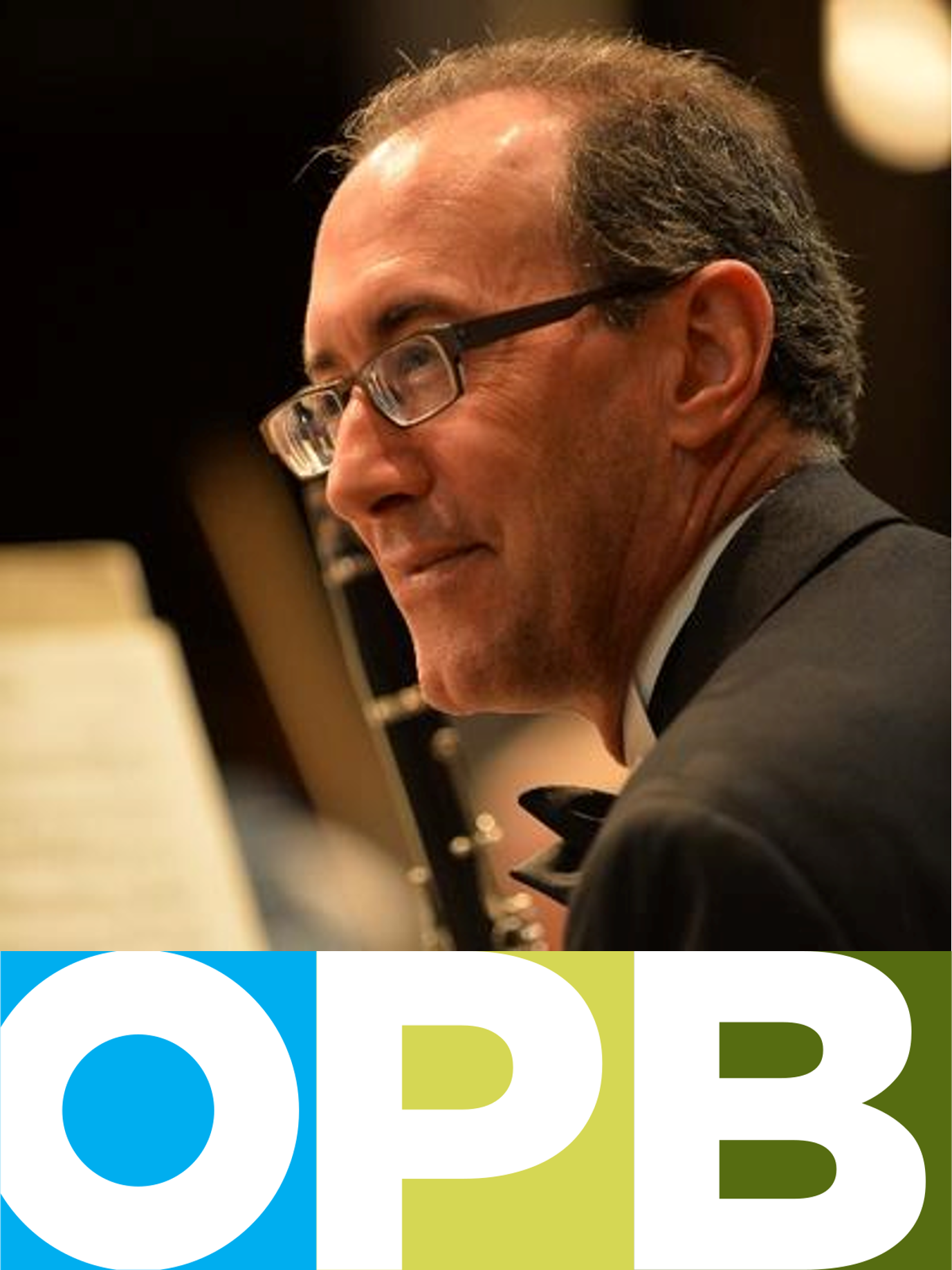
But some say this initiative has the potential to further dilute the brand equity of a local station. Steve Bass, CEO and President of Oregon Public Broadcasting recently summed up the dilemma in Current, public media’s main trade publication:
“If NPR doesn’t get interested in how we are going to build an ecosystem with strong local reporting for the sake of local communities that’s connected to a broader network, how long is it until the New York Times or the Washington Post or somebody else figures that out and comes calling?”
That’s why the George Santos story represents a potential turning point, an opportunity, and a necessity for local public radio stations. It demonstrates the crying need for more credible, complete, and reliable local coverage, as hometown newspapers fall by wayside.
Public radio cannot win the local news hills with just one hour a day of local content, along with short headlines in morning and afternoon drive. In order to truly and adequately serve communities, public radio stations need to re-commit themselves to a significant expansion of local coverage.
The only way stations can hope to live up to Baquet’s prediction is to begin to reduce their reliance on third-party providers, and to serve their local communities in more substantive ways. Is George Santos a one-off, or are there other uncovered stories, issues, potential tragedies, government corruption, and local controversies happening in local markets that neither NPR, the Times, or what’s left of local newspapers are motivated or equipped to cover?
One way to fund ambitious local news coverage ambitions is to seek out grants. Many stations are establishing desks and bureaus designed to cover key topics such as climate change, women’s issues, and diversity, all of which are critically important coverage needs and opportunities. But so is the hometown turf. Most public radio loyalists know more about what’s going on in Kiev and Uvalde than they know about the communities where they live, work, and sleep.
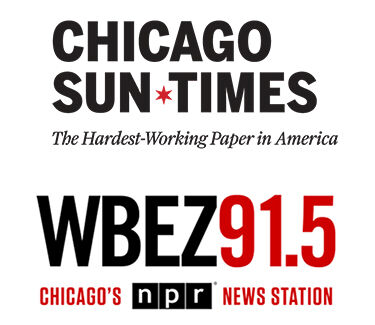 In the past year, Fred has discussed perhaps the most ambitious collaboration in public radio’s storied history – WBEZ’s purchase of the Chicago Sun Times. While it is still too early to know whether this grand experiment will ultimately pay dividends, it is hard not to like all those journalistic boots on the crowd providing greater coverage of the nation’s third largest market and a hotbed of local news.
In the past year, Fred has discussed perhaps the most ambitious collaboration in public radio’s storied history – WBEZ’s purchase of the Chicago Sun Times. While it is still too early to know whether this grand experiment will ultimately pay dividends, it is hard not to like all those journalistic boots on the crowd providing greater coverage of the nation’s third largest market and a hotbed of local news.
Then there are the local newsletters that continue to spring up in metros big and small, dedicated to community coverage. Smart, savvy unions between these online publications and a local public radio news station have the potential to bear fruit and the combining entities each bring distinct value to the table.
The bottom line? In 2023, the field in most marketplaces is wide open. A focused media brand that goes after this valuable turf – and can back it up with the goods – stands every chance of taking all the hometown chips. And public radio is perfectly positioned to step into the voice and “own” the local news position.
But it will require more than creative financing and generous grant money. Public radio will need to commit to the local opportunity, perhaps placing it higher in priority than any other coverage vertical. After all, it impacts more people than any other initiative, while fulfilling a station’s license obligation to serve its community of license.
Entities like Axios and even the New York Times aren’t waiting in the wings. They are aggressively chasing the soul of local cities, towns, and suburbs.
Only public radio is well-positioned enough to fill this crying need. Our local communities need it. Frankly, our democracy needs it. And George Santos deserves it.
- The Revolution Will Not Be Monetized - December 30, 2024
- What Kind Of Team Do You Want To Be? - October 4, 2024
- The Revolution Will Not Be Monetized - August 20, 2024




“Yes, every politician lies,….”
The problem with public radio is they fall into the trap you just did Paul. In the desire to be “impartial”, you made a generalization that is misleading at best and contributes to the cynicism Americans have about their government, which only helps the liars.
Not all politicians lie but the majority of the GOP does as evidenced by their vote against the certification of the election after a mob of rubes attacked the U.S. Capital to overthrow the legally elected government of the United States at their behest. And let’s not dignify the fallacy that any of them believe it was “rigged” because they change their tune when hauled into court where there are consequences for their lies. This is not about “opinion”; this was a coup attempt.
Then there is the difference between how the parties deal with problems that arise like “Jewish Space lasers”.
I can tell you one thing with certainty – If this fraud was a Democrat, who POLICE their party (Al Franken, Andrew Cuomo, etc.), he would NOT be sitting in his seat today waiting for a non functioning protest party who has no interest in governing to elect a speaker. There is no equivalent crazies on the Democratic side to those that say January 6th was only lost because they didn’t have enough arms.
In the spirit of the holiday’s and with apologies to Mr. Dickens, every
idiot who goes about with “Both Sides” on his lips should be boiled with
his own pudding and buried with a stake of holly through his heart.
Till we state what the problem is – we only have one functioning party in this country that upholds the Constitution – we can’t fix it and media that try to walk that tight walk to not offend instead of stating the facts only contribute to the issue.
There is no middle when the other side
Would rather kill than compromise – Wilco “Hints”
In fairness to Paul, the line about “every politican lies” was in Fred’s preamble…but I cringed when I read it too.
Thanks for having my back, Paul. I’ll chide Fred at lunch today.
Mike – thanks for that thoughtful and passionate comment. I agree with your points, and maybe that line was overstated – maybe it should be, “most politicians shade the truth at times.” But I also don’t think that’s the point of this post – politicians of both parties require oversight, and it’s up to the media to provide that in their reporting. Since so many local newspapers are waning, there is a need and opportunity for public radio stations to provide this. It’s core to the concept for a healthy democracy.
Since so many local newspapers are waning, there is a need and opportunity for public radio stations to provide this. It’s core to the concept for a healthy democracy.
I agree with that 100%. The destruction of the local newspapers and the void that has created has exacerbated the issues we have in this country. The internet has given everyone the idea that content is free and we know what that has led.
But the “mainstream” media does no good when they propagate the false equivalences of “both sides” or “everyone does it” which is what the lazy who call themselves “independent” like to say.
Jennifer Rubin from WAPO says it best about what news organizations should do – “They are not custodians of the myth of moral equivalence between the parties. They are truth-tellers whose prime obligation is to democracy.”
You can’t do that when we normalize sedition, coup attempts and refusal of the peaceful transition of power.
Amen. Amen. Local news coverage or none, though, this sorry episode shows an appalling lack of oppo (opposition research) by Mr Santos’s Democratic adversary in the election. None of the media coverage I’ve seen even mentions that loser’s name. Did Santos run uncontested? It seems he did.
Great post, thanks so much for making these important points. However, you seem to make an assumption here that the only way to fill the news void is for public radio to create more live, linear, on-air content, more “shows” or radio reporting, specifically designed to serve a radio audience. The New York Times and Axios aren’t broadcasters, yet it seems clear based on this post that they’re coming for public radio. You talk about the proliferation of newsletters, which are also not broadcast content. So why do you suggest that public radio needs to spend millions to make radio shows and broadcast content when radio consumption in this country is on a slow but steady decline? Just posting this as a provocation, I personally agree that local public radio can do a better job of covering local stories. But do they HAVE to be made just for the radio?
It’s a great provocation, Abby. You are right. As you know, we are proponents of the concept of content at the center of public radio’s future, and it shouldn’t matter if that’s on air, online, live events, etc.
Thanks for keeping us on our toes.
Hi Paul. I’m in general agreement with the challenge to even more public radio stations to somehow find the money; talent, and airtime to bolster their local reporting, but I’m curious why the commercial broadcasters get a pass on being included in this challenge.
When I graduated college in 1978, my best chance at getting a job in radio was pitching my skill set as a journalist to stations because they were all REQUIRED to devote a certain percentage of air time to public affairs and local news. Every station had a local news staff. The first station I joined had a news staff of 6. My second commercial station had 8. There was an all-news station across town that had a double digit news staff. We all know that most of that all disappeared with both Reagan and Clinton backed steps to radically deregulate the broadcast industry in the 80’s and 90’s.
I can’t recall whether the Axios effort in local news is targeting involvement with commercial or public stations or is perhaps its own independent entity. But in any case, why can’t these at least some of these commercial broadcast behemoths who turned their backs on local news get back in the game by funding local news staffs again and better earn THEIR license renewals, as you suggested that somehow the public stations aren’t quite doing well enough if their limited finances don’t allow for more news staffing.
Isn’t WTOP all-news radio in Washington DC the top billing station in the country? Yes on all efforts to get public radio to fill the gap and flourish even more [it’s where I landed in the mid 1990’s after giving up on delivering good radio in the cost-cutting, profit-obsessed world of commercial radio]. Just seems like you could’ve even made a parenthetical challenge to commercial radio taking some fiscal and community responsibility for better local news in your post.
Offered with much respect and appreciation to all you and Fred have accomplished in your thoughtful and consistent service to the broadcast scene.
Thanks for these well-reasoned thoughts, Paul.
Commercial radio doesn’t get a pass, but we have to acknowledge the missions and goals are quite different between public and commercial radio. Idealistically, it shouldn’t be that way (serving local communities should be table stakes), but it is.
I believe public stations are well-positioned to take on this challenge, but the real purpose of the post was to poke them to be more than receivers of content and coverage and become creators of it. In some cases, too little of a percentage of on-air content is dedicated to local coverage.
And I also invite you to read Abby Goldstein’s comment that the post is too focused on the over-the-air signal and should also broaden their lens to digital to expand coverage. She’s right.
Yes, Saw Abby’s post. That’s already happening here where I live with an online news outfit called “Source: New Mexico” that actually has recruited public radio reporting talent away from our local public radio station. As I said, I agree with the basic premise of your post regarding public radio. And I’m just reluctant to accept that the missions and goals for public and commercial are or should be different. I do accept that “it is” at the moment but … we can dream can’t we? Stay well.
Interesting. Commercial and public radio outlets are businesses and they have to pay the bills no matter what. But for most for-profit enterprises, they exist to make money. That’s it. They do market research to determine a target customer and they cultivate that customer with a single goal – make a profit. If something doesn’t result in a rapid ROI, it will likely be gone just as quickly. So insisting that commercial radio suddenly starts behaving like there is a mission to fulfill other than making money seems pretty far fetched to me. Yes, there are things that the FCC requires of every license holder in order to keep their broadcast license. But broadcasters can easily check those requirements off the list and focus their efforts on the real reason they exist, which is to generate significant revenue.
True to a point. Worth noting however that local news makes money for most local TV affiliates.
Great post and good food for thought.
The Republicans have become adept at marginalizing and weaponizing those who disagree with them.
One example of this is the use of the term “Mainstream Media”.
It’s laughable to hear Fox News use the term as though they were some sort of obscure academic journal only available at a university library.
And then these slogans become a part of the everyday lexicon (i.e., “woke”, “pro-life”, etc).
That contributes to the problem when they are used by the so-called mainstream media.
The effort of those seeking to “balance” that which cannot be balanced is to find consensus in some mythical middle ground. This disregards wisdom shared by Marcus Aurelius: “The object of life is not to be on the side of the majority, but to escape finding oneself in the ranks of the insane.”
If Public radio is to become the go-to source for local news, it might require a top down effort from NPR. I don’t know how the financing works between the two entities (NPR and the local stations), but the bigger markets might need to partially subsidize the smaller ones to make this work across all of public radio. If each station (scaled for market size but with minimums) embraced an NPR branded, financed local news effort under the NPR umbrella, it might work. Leaving it to the individual stations would probably leave some with thriving local news efforts/images and some with none and no real cohesive image around local news. And the smaller markets will probably be in the weakest position.
I agree with those who believe that declining local news coverage is a big contributor to our national division. An NPR/public radio initiative into it could be good for them and great for us.
Public radio funding is complicated, but NPR won’t be the source of funding. But the model you describe is pretty much what The Corporation for Public Broadcasting does – their funding (especially for the smaller stations) helps keep them afloat.
In my opinion, local public radio stations need to crystallize their brand as a local news provider, while carrying the excellent NPR programming as well. Too many stations allocate too little time to local coverage – it’s challenging and expensive, but that’s the future for public radio stations.
Yup. What Paul said. If a local station ties itself so closely with NPR that they lose their own local identity and audiences only expect to hear national news and discussions, it makes it much more difficult for them to carve out a local news brand. NPR is not a local news provider – the affiliates are. So the challenge here is for stations to walk that line between being the local provider of content from a national brand with a lot of credibility and to stand on their own in their own communities as reliable and useful local news outlets, not just repeaters of national content.
It is fascinating to me, Abby, that since Paul wrote that post, I have seen the same theme play out in other media, including Smerconish on CNN. National media missed the story, but so did New York public media, the obvious place to find out about the scoundrel Santos.
Steven Waldman has this piece today about the general story…
https://www.thebulwark.com/phantom-candidates-and-ghost-newspapers
One thing that I noticed, though, is that he might’ve also given up on commercial radio (perhaps unconsciously, though): He mentions WNYC in his list of local outlets that didn’t pursue the story–but not, most notably, Audacy’s News combo of WINS and WCBS.
Thanks for sharing this!